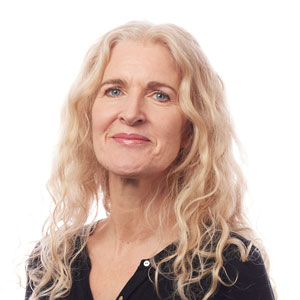This is an interesting list from the world of forensic science, of ways to spot that someone is lying (parents whose kids say ‘it wasn’t me who ate all the cake’, take note of no.8! 😀 )
Some remind me of just a few of the things we’re conscious of when running insight sessions, because what people say might not be what they’re actually thinking and feeling. For example:
🎭 Non-congruent gestures
As the article says, if a person says yes but shakes their head, it may indicate that they’re not telling the truth’. We rarely see anything as obvious as this in groups; more often it’s a subtle thing. They say they like something but their body tells a different story. There’s a wrinkling of the nose. A distracted or a downward look. Or the energy in the room (or Zoom screen) is just….. flat
We need to be alert to these things, challenge them (nicely!) if need be and find other ‘ways in’ to the truth that don’t rely on speech. Hence Lucid’s love for multi-modal, non-verbal, movement-based and spatial tasks
😷 Not saying enough
When people are speaking their truth in a way that leads to insight, there’s a flow to it. In an ideal world, they’re speaking almost as if to themselves and it’s like we’re not even there (which, of course, is why Freud favoured clients not even being able to see their therapist).
When people don’t have much to say, we need to help them connect with their reality and express it in a rounded way. This is why Lucid uses ‘clean questioning’ to help people access deeper levels of their feeling, story and meaning including the visual and verbal metaphors underlying and driving their experience of themselves, the world and brands.
To hear more about how our methods can deliver better, deeper insight that challenges the say:do gap, DM me or contact me at maddy@lucidpeople.com

Maddy is Director of Lucid. She has been described as a ‘maestra’ with groups of people and is appreciated for her passion and commitment as well as the clarity of her strategic thinking, insight and expression. Maddy began her career in advertising at Ogilvy and BBH and then worked at the Arts Council, English National Opera, AEA consulting and Stimulating World Research before setting up Lucid.
